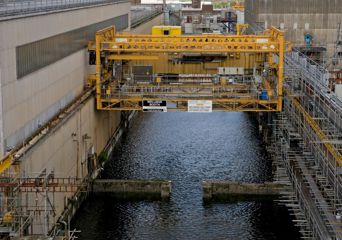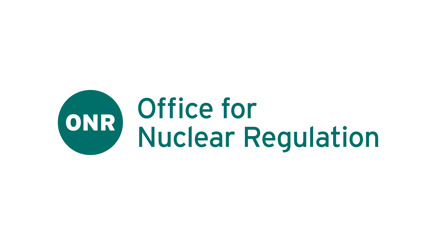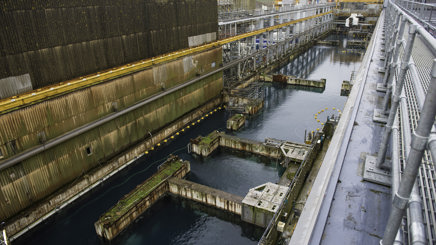Sellafield is a highly complex and hazardous nuclear site managing more radioactive waste than any other nuclear facility in the world
A substantial volume of the waste is currently stored in the four legacy ponds and silos across the site. Due to the age and condition of these facilities, comprehensive programmes are underway to remove and transfer the waste to new facilities on the site that meet modern safety standards. Ensuring this work is done safely and securely is one of our top regulatory priorities.
Removal of the waste inventory is expected to take many years to complete. Once the full waste inventory has been removed from the legacy ponds and silos they will be demolished.
Our regulation of Sellafield covers two well defined areas:
Retrievals and Remediation
Focuses on hazard and risk reduction at the site's highest hazard facilities, including legacy ponds and silos, whilst providing regulatory oversight of a diverse portfolio of ageing and redundant nuclear facilities to ensure their safe decommissioning.
Sellafield Operations
Supports and enables high-hazard risk reduction activities whilst regulating all other site operations to ensure safety is being maintained across the site.
How we regulate Sellafield
- We complete a regular programme of inspections to monitor compliance with the law taking proportionate action when shortfalls are identified to restore legal compliance;
- Influence Sellafield Ltd in delivering safe, secure, effective and timely plans to achieve hazard and risk reduction on site;
- Work constructively with Sellafield Ltd to make regulatory expectations clear whilst maintaining appropriate regulatory independence and oversight;
- Assess and grant permission to implement safety cases that support hazard and risk reduction on the site; and
- Work constructively with other stakeholders as part of the ‘G6’ stakeholder group to accelerate hazard and risk reduction at the site.

ONR's strategy for regulating Sellafield
Our regulatory strategy aims to help drive improvements at Sellafield, and facilitate and encourage hazard and risk remediation whilst maintaining adequate safety and security standards.
In this section
Is this page useful?
Thank you for your feedback.
Thank you for your feedback. To help us improve our website we’d like to know more about your visit today. Please provide more details via our website feedback form.
Thank you for providing your feedback.

